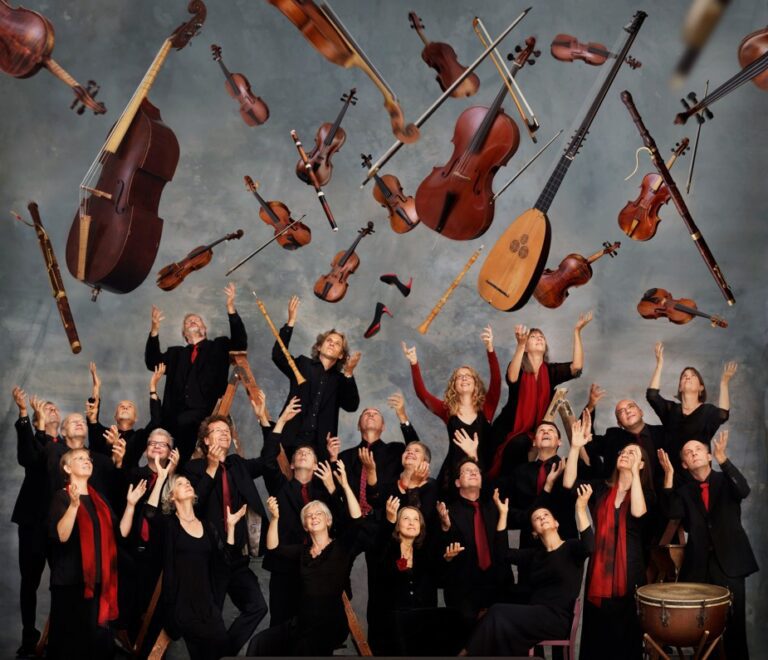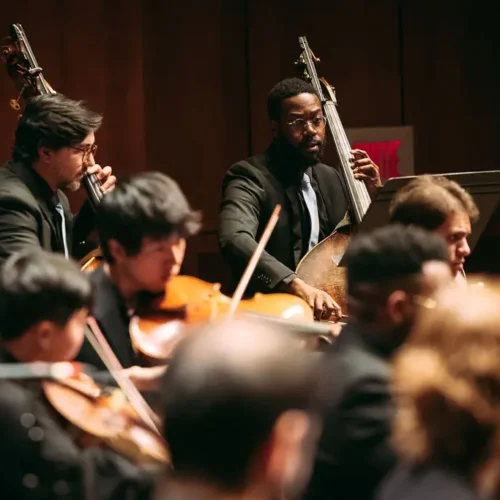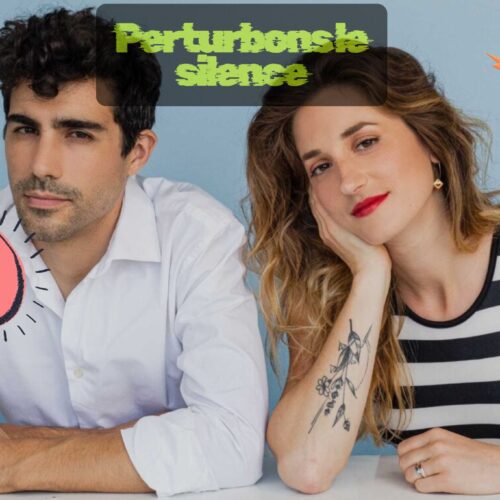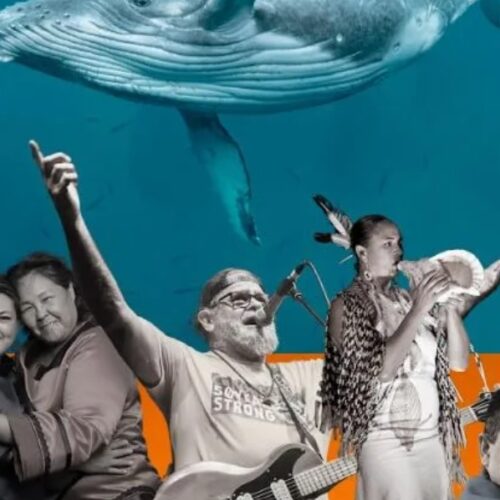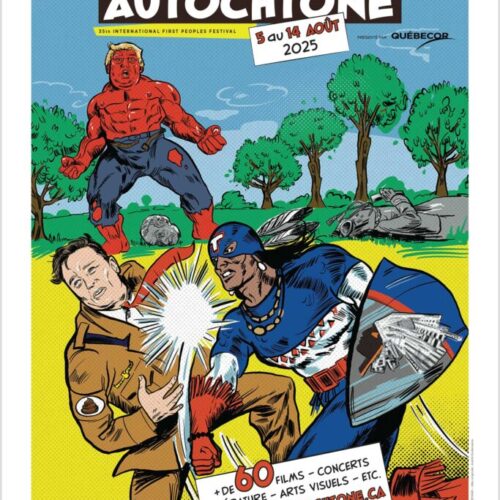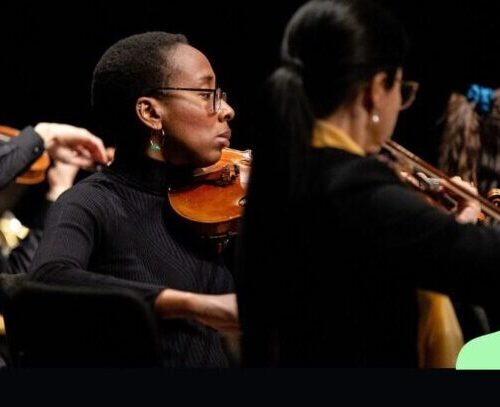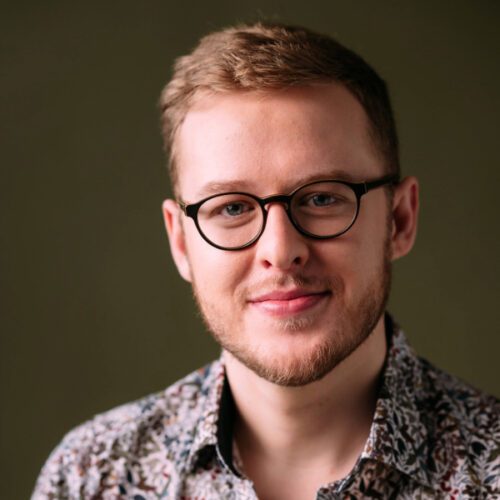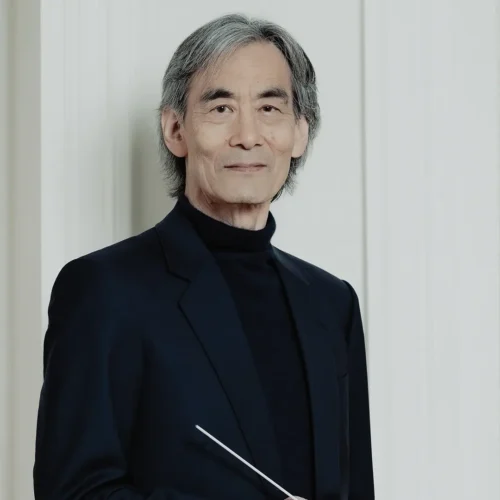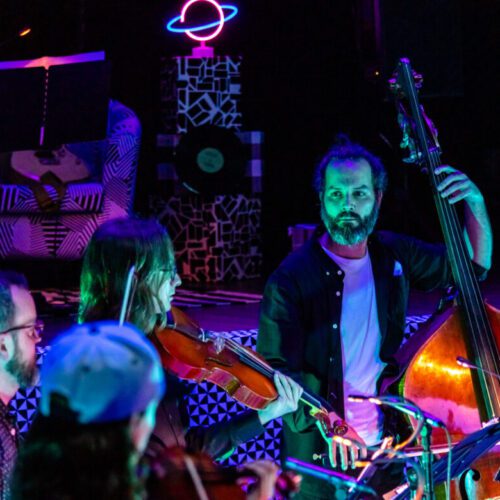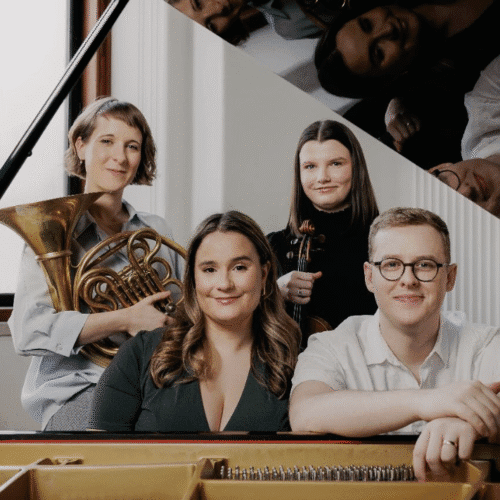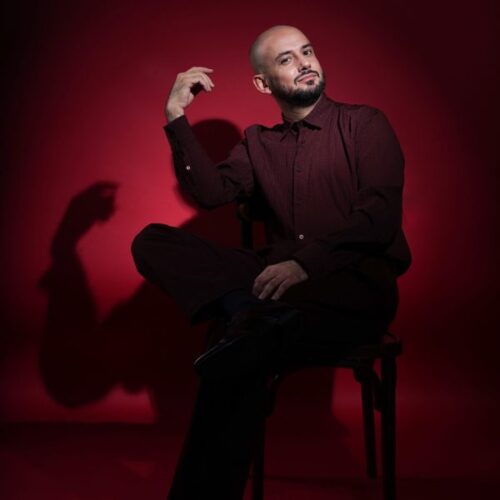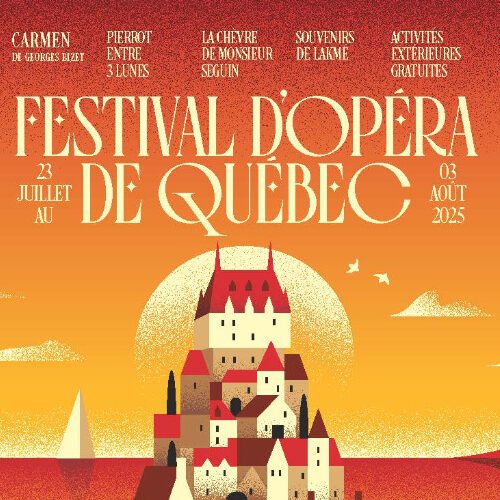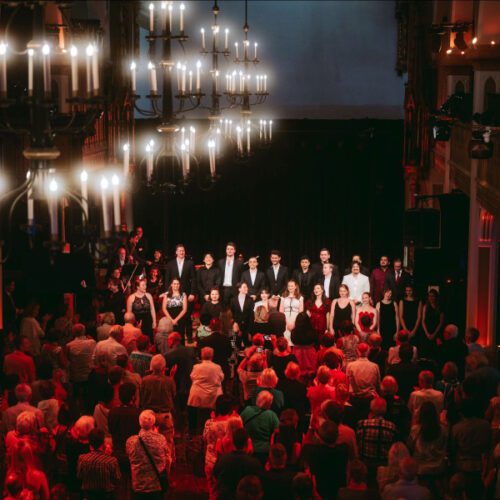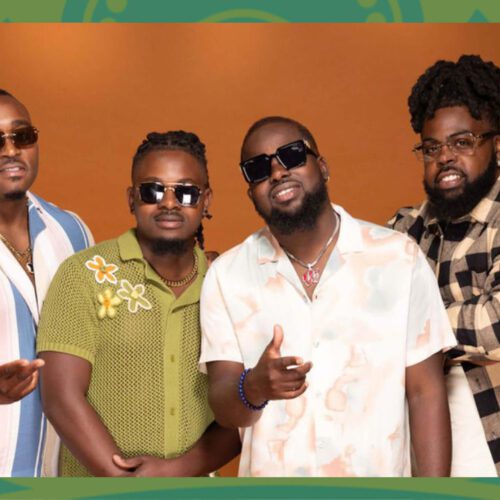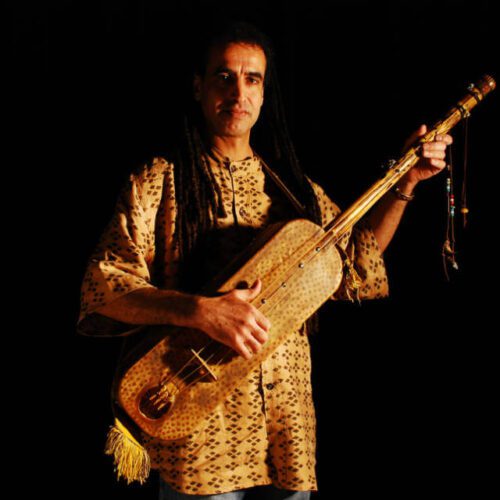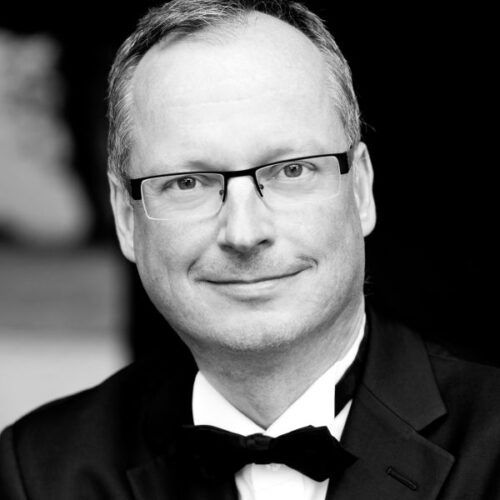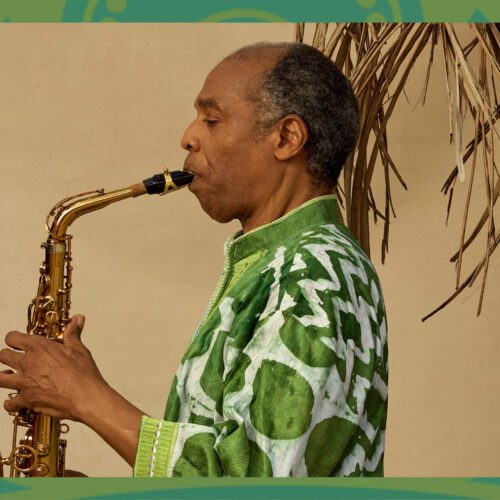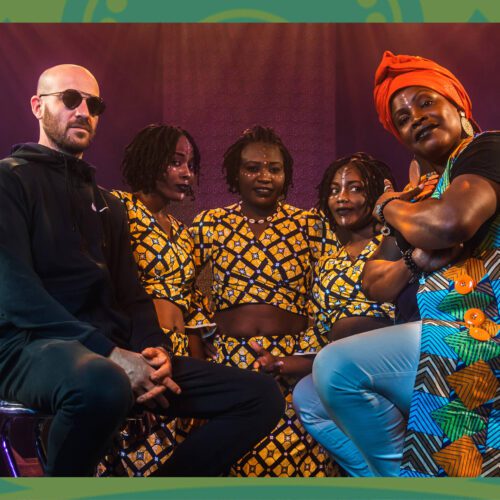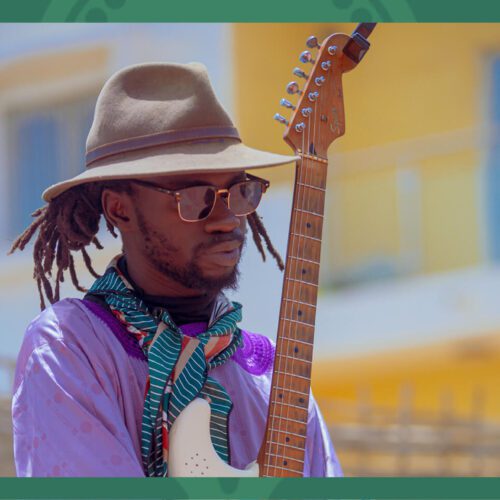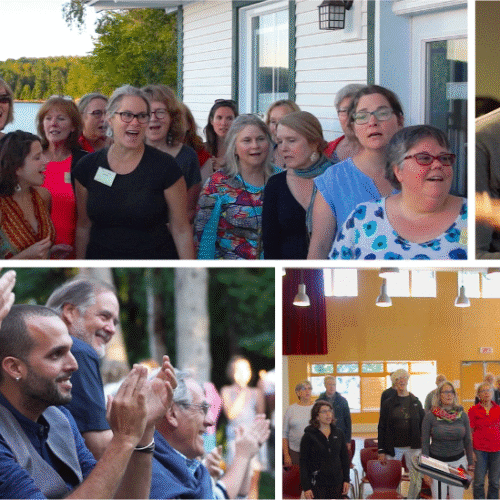Additional Information
In Europe, the Akademie für Alte Musik Berlin (AKAMUS) is undoubtedly a major force in the interpretation of the baroque and classical repertoires. This is evidenced by their impressive discography and the many important prizes they have won.
In the perfect environment of the Lanaudière Festival and its exceptional amphitheatre, AKAMUS invites us to explore the “continents” of Ludwig van Beethoven.
Around the famous composer, whose 250th birthday in 2020 means many postponed celebrations due to the pandemic, the German group has selected outstanding works from his repertoire, as well as works by his contemporaries, who were very well known in their time and less so today – Paul Wranitzky, Étienne Nicolas Méhul, Luigi Cherubini, Justin Heinrich Knecht.
In an exclusive North American engagement, we will thus be treated to three programs, extremely rich in discoveries and new perspectives on Beethoven’s works performed in a very special configuration, for music lovers accustomed to hearing them in a symphonic context different from that offered by AKAMUS.
This is the reason for this chat with the violinist and maestro Bernhard Forck, leader of the Akademie für Alte Musik Berlin.
PAN M 360: Could you tell us briefly what is the challenge of presenting a huge triple program around Beethoven and some composers of his era.
BERNHARD FORCK: “Beethoven continents,” the title of our triple program, is a wonderful motto: we want to share with the audience a surprising and fascinating view of the musical panorama on the threshold of the 19th century. Beethoven is the central figure—his music shall be newly heard with the gripping sound of a period ensemble, but there’s plenty of fascinating music of his time that influenced him—great music that is unheard today and still needs to be explored.
PAN M 360: Of course, it is also a huge amount of work for the musicians of The Akademie für Alte Musik Berlin. Can you give us some information about your artistic relationship with your ensemble in this Lanaudière context?
BERNHARD FORCK: We are very happy and feel honoured that Renaud Loranger, the artistic director of the Festival, invited us to play a series of Beethoven-related concerts at this wonderful venue. We have a strong artistic partnership with him since he is also the vice president of Pentatone, a label for which we recorded wonderful albums in the past years, among them a set of Handel’s Concerti Grossi or Haydn’s opera “L’isola disabitata”—a true rediscovery.
PAN M 360: How did you build this program? What are the intentions?
BERNHARD FORCK : In this project, which was originally planned for the Beethoven anniversary in 2020, the Akademie für Alte Musik Berlin aims to put Beethoven’s work into context of its time. Beethoven had a keen interest in many cultural developments of his time. In order to counter the widespread opinion that Beethoven was a musically self-sufficient genius, as was popularised from the 19th century onwards, our three programs aim to provide stunning examples of musical and intellectual influences in his music. It is not often that you can hear Beethoven combined with signature works by composers like Paul Wranitzky or Étienne-Nicolas Méhul, two of the most prominent and influential composers of his time.
PAN M 360: Can we learn some elements about your conducting approach for those specific programs, of course as a violinist?
BERNHARD FORCK: As a Baroque orchestra, we are very familiar with playing without a conductor, as the orchestra sizes were usually quite small in the 18th century. And well into the 19th century, we have knowledge of orchestra sizes, which today we would rather call a chamber orchestra. At that time, it was still common that the konzertmeister led concerts from his stand. While performing without a conductor, listening to each other is as important as playing together. Imagine a piece of bigger-sized chamber music: there is a kind of increased attention and alertness throughout the ensemble.
PAN M 360: Also there is a great interest for listeners in Québec in discovering The Akademie für Alte Musik Berlin. What for you are the key elements of your impact on music lovers in those 3 different concerts in Lanaudière?
BERNHARD FORCK: Our goal is to captivate music lovers in a new way, by presenting “our” Beethoven embedded in a “historical” soundscape which owes its special vitality to different aspects: the smaller orchestra size (with a reduced complement of strings) and the use of period instruments (especially in the wind section) or copies of such makes for a very differentiated sound. We believe in characterful music-making, which never pushes mere beauty of sound into the foreground, but instead strives to be true to the rhetorical and emotional elements of the music. This direct approach shall grip the listener immediately.
PAN M 360: Now let’s have an overview of those 3 programs presented in Lanaudière:
1st program :
Paul Wranitzky
Oberon, Overture
PAN M 360: This overture has been recorded recently by Akademie für Alte Musik Berlin. What motivated this choice from the classical period?
BERNHARD FORCK: Wranitzky’s “Oberon” Overture shows the composer’s deep love to compose for the stage. This Singspiel was once so popular that it was to become a model for Mozart’s “Magic Flute.” Also, Goethe planned to ask Wranitzky to write the music for his own continuation of the “Magic Flute.”
PAN M 360: What is your spontaneous perception of Moravian/Austrian composer Paul Wranitzky (1756-1908) not so well known in our times?
BERNHARD FORCK: I have great enthusiasm for him. Born in the same year as Mozart, Paul Wranitzky is truly still a composer to be rediscovered. When one thinks of the Classical Period, one thinks primarily of Haydn, Mozart, Beethoven and Schubert, but Vienna’s musical life of the time was much richer. Wranitzky was one of the most influential figures of Viennese Classicism – not only as a composer, but also as a conductor and violinist. A friend of Haydn, Mozart and Beethoven, he was held in such high regard to premiere Beethoven’s first symphony and his fifth symphony (from the violin), just as he conducted Haydn’s “Creation” at the composer’s request. His own symphonies are the most colourful works, in which he often shows his rich practice as a theatre composer.
Paul Wranitzky
Grand Characteristic Symphony for the Peace with the French Republic in C minor, Op. 31
PAN M 360 : Can you comment on this choice, also recorded in the same album Paul Wranitzky : Symphonies, which is the main piece from this composer?
BERNHARD FORCK: The symphony “La Paix,” is a captivating sound panorama of the French Revolution, an echo of the march and battle music of his time when troops of Napoleon Bonaparte and Emperor Franz II faced each other. Wranitzky almost illustrates the revolutionary events in the four movements of the symphony, including the fate and death of Louis XVI. which is reflected by an expressive funeral music. Interestingly, a public performance of the symphony was once forbidden by the Emperor, who could only grudgingly agree to the treaty of Campo Formio, while Wranitzky celebrates the treaty with a powerful and joyous music in the final movement of his symphony.
PAN M 360 : Can you tell us some elements of your strategy for the live execution?
BERNHARD FORCK : Regarding our Beethoven project, we discussed a lot about a suitable orchestral seating, which enables the most direct communication between the different instrument sections and which creates, at best, a spontaneity and energy in the sound, which is transmitted directly to the audience.
Ludwig van Beethoven
Symphony No. 3 in E-flat major, Op. 55, “Eroica”
PAN M 360: How is the “Eroica Symphony No. 3”, fitting so well with Wranitzky’s pieces in this program? Do you think that they are “Beethovenish” in a way?
BERNHARD FORCK: Beethoven is known to have been inspired to write his “Eroica” due to his fascination with Napoleon and the ideals of the French Revolution, a context that was also very important for Wranitzky. But Beethoven’s music is a kind of sublime counterpart to Wranitzky’s ; the audacity and passion of his work was not meant musically to portray an historical development but rather to depict the struggle of noble values. With his third Symphony, Beethoven managed to write a piece of unparalleled magnitude and emotional intensity that paved the way to the era of Romanticism.
2nd program :
Luigi Cherubini, Lodoiska, Overture
Étienne Nicolas Méhul, Symphony No. 1 in G minor
Ludwig van Beethoven, Symphony No. 5 in C minor, Op. 67 (“Fate” Symphony)
PAN M 360: Now what can we say about the aesthetic links between Cherubini, Méhul and Beethoven in that specific program ?
BERNHARD FORCK : At Beethoven’s time, Méhul was one of the most successful composers in France. A new, more emotional, and heroic symphonic style started to spread from France to the rest of the musical world and also impressed Beethoven. Méhul’s first symphonic presents striking similarities with Beethoven’s 5th Symphony, which was written at the same time.
Regarding Luigi Cherubini, Beethoven had a great admiration for the Italian composer. Cherubini’s highly expressive and dramatic “Lodoïska” overture comes from one of the first so-called “Rescue operas”, a genre popular at the time and in whose tradition also Beethoven’s “Fidelio” stands.
PAN M 360: Why is the “Fate” Symphony is for you the ideal conclusion for this program ?
BERNHARD FORCK : Beethoven’s Fifth Symphony is deeply rooted in the music of the French Revolution. The joyous, marching character of its finale is directly inspired by the choruses of the Revolution, which were also repeatedly used by Méhul in his pieces. Already at its premiere, Beethoven’s Fifth Symphony undoubtedly came across as a piece of hitherto unparalleled expressiveness. Out of the first four-note figure, Beethoven constructed a symphony of immense energy. His Fifth Symphony illustrated the path from the dark into the light, with a new approach as a composer: Beethoven is now addressing not only the concertgoer, but rather humanity as a whole.
3rd program :
Ludwig van Beethoven, Coriolan, Overture, Op. 62
Justin Heinrich Knecht, Le portrait musical de la nature, ou Grande simfonie
Ludwig van Beethoven, Symphony No. 6 in F major, Op. 68, “Pastorale“
PAN M 360: Once again, this program illustrates a very refine knowledge and appreciation of the musical forms of this musical period, Beethoven is being presented with another composer of the end of the 18th century and beginning of the 19th. So how are those 3 pieces linked from Beethoven and Knecht?
BERNHARD FORCK: Beethoven’s “Coriolan” Overture shows the quick-tempered nature of the hero. It is a kind of anticipation of the literally quick-tempered nature expressed in music in the following two “Pastorales.” Beethoven’s famous comment on his 6th symphony, that it should be played with “more sensation than painting,” is the right advice: this music truly depicts also the weather of inner emotions.
PAN M 360 : The celebration of nature is prominent in this program, super relevant for outdoor as in Lanaudière. So how did it come to mind? And what do you aim for your ensemble with those pieces?
BERNHARD FORCK: The images of nature ingeniously woven into Beethoven’s symphony mark a new aesthetic of symphonic composition. The roots of this symphony are, surprisingly, already found two decades earlier in Justin Heinrich Knecht’s “Grande Symphonie.” His musical portrait of nature is to this day an almost unknown piece, despite its originality and strong resemblance to Beethoven’s symphony – already using the same topic and dramatical devices many years earlier. By presenting these two “Pastorales,” we again aim to emphasise the richness of the as yet unknown of the Viennese Classic. On the other hand, you will clearly hear: Beethoven was such a self-confident freethinker as he was as a composer!
